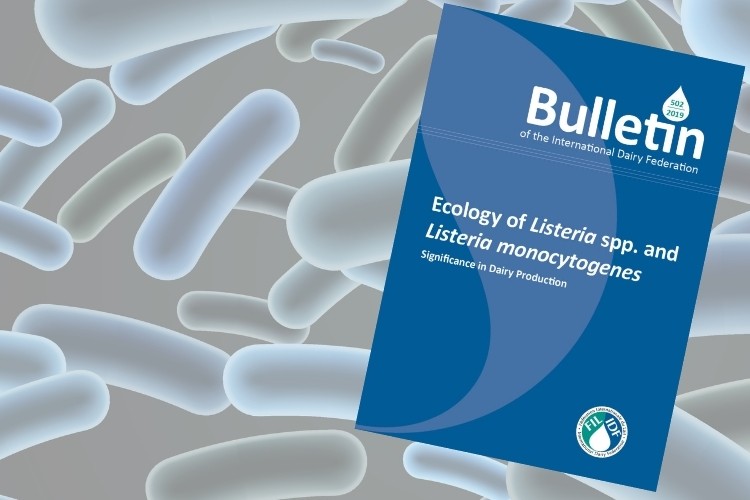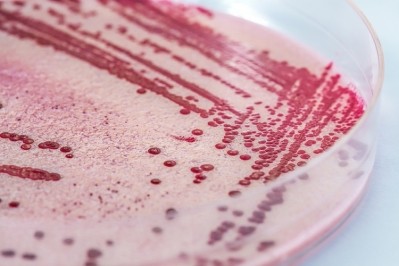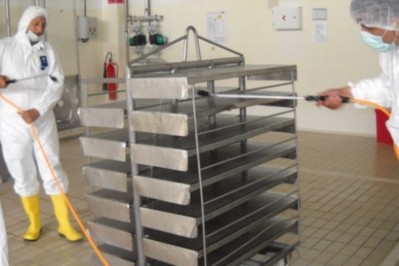IDF publishes Listeria guidance bulletin

Guarding against listeriosis, a rare and severe foodborne disease caused by the pathogen Listeria monocytogenes, is of significant importance for the food industry.
In the case of dairy, pasteurization has had a major impact on reducing the occurrence of listeriosis, but contamination of processed dairy products still occurs on rare occasions. Between 1985 and 2019, there have been 40 confirmed major recorded outbreaks of listeriosis associated with commercially pasteurized dairy products.
In most cases where a source was identified, L. monocytogenes was found in niches in the dairy processing environment and contamination of final product occurred due to cross-contamination post pasteurization.
In order to further minimize the risk of Listeria contamination in the dairy production process, the IDF has developed its new bulletin, ‘Ecology of Listeria spp. and Listeria monocytogenes - Significance in Dairy Production.’
The bulletin summarizes risk areas and measures that should be taken in the food-production process to minimize the risk of L. monocytogenes contamination in dairy products.
François Bourdichon, main author of the publication and present chair of the IDF standing committee on microbiological hygiene, said, “Effective management and hazard analysis within the dairy processing environment can minimize the likelihood of contamination with L. monocytogenes, therefore giving better food safety assurance.”
He added the bulletin provides details on additional measures that must be taken to avoid contamination and ensure the safety of dairy products.
Recent advances in source tracking can help characterize resident strains, their resistance to cleaning agents and adherence to dairy product contact surfaces. Control measures can be customized for a better fit-for-purpose, with better hygienic design and a good rationale for the use of chemical cleaning agents.
Good milking practices reduce the prevalence of L. monocytogenes in processed dairy, while pasteurization reduces the contamination (if any) of processed milk with L. monocytogenes. Process environment monitoring guards against re-contamination.








